How 7 Cities Are Using Innovation To Tackle Heatwaves
From London to Shanghai, record breaking heat waves are tearing through major cities making them uncomfortable places to live for many residents.
Roads, buildings and other infrastructure in cities absorb heat and release it back into the city – making these highly populated areas some of the warmest places to be in summer.
This year nearly 90 cities across the world issued heat alerts, a national caution warning against the extreme weather conditions.
As these unprecedented weather conditions are not forecast to slow down in the coming years, cities are left to tackle the heat with innovative solutions.
Here are our favourite examples:
Seville
Seville is the capital of Spain and the country’s largest city. Their summers regularly hit temperatures of 40C, they were also the first city in the world to categorise heat waves as an extreme weather event.
The city’s solution to the rising heat was to provide more shade across the city by installing more awnings onto buildings. Coining it “the shade policy” city mayor, Antonio Muñoz states “It’s just one of the many things we need to do if we want to be able to use the streets – from children playing to people who want to do their shopping or just sit outside and talk.”
To further combat the heat in a more environmentally friendly way, Seville has agreed to plant 5,000 trees each year to provide more shade for citizens. They also use construction materials that reflect heat and have placed more public fountains around the city.
Sydney
One of Australia’s largest capital cities, Sydney has committed to planting 5 million more trees by 2030, rapidly expanding their tree canopy.
Not only will this plan provide natural shade for the area, but it will also help to clean the air and fight climate change by absorbing the carbon dioxide.
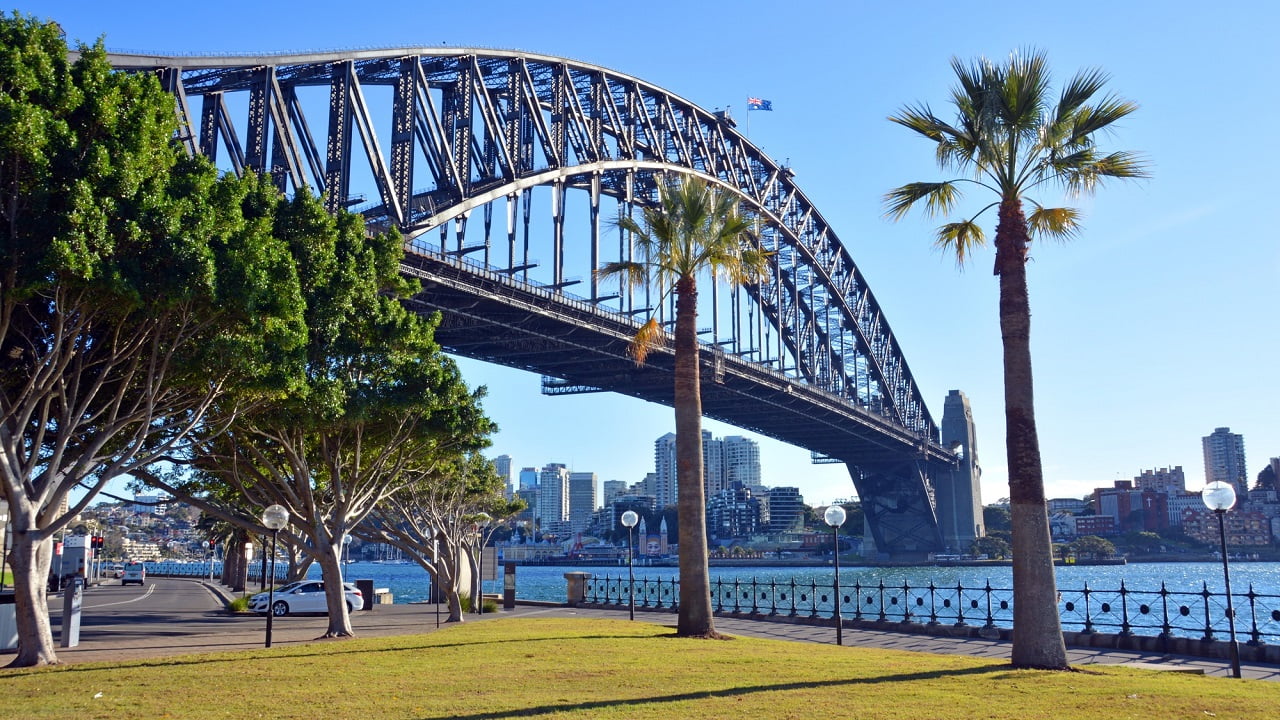
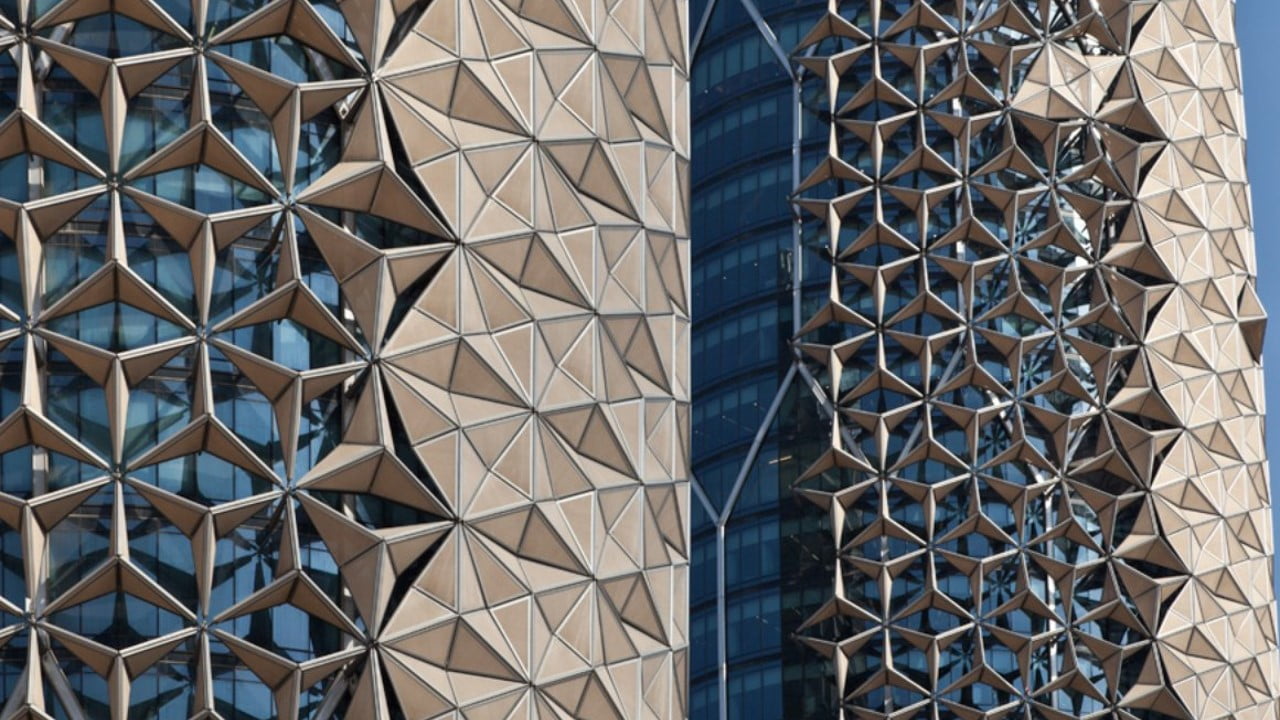
Abu Dhabi
Abu Dhabi, which lies in the United Arab Emirates is under some of the most pressure to cool down their ever-growing city. As climate change continues to worsen it is predicted the city may reach average temperatures well above 50C after 2050, rendering the city unliveable.
Innovative architecture and clever design is one way the city is trying to deflect heat. The Al Bahar Towers are 2 26 storey buildings fitted with computer-controlled folding screens fitted to the exterior of the buildings, which change positions with the sun, ensuring constant shade for those inside.
Los Angeles
 The major city in the United States has decided to attack the heat problem with a more experimental solution. As the colour black absorbs and stores heat, they have begun painting streets white, reflecting the sun’s rays back into the atmosphere, helping to cool the surrounding areas.
The major city in the United States has decided to attack the heat problem with a more experimental solution. As the colour black absorbs and stores heat, they have begun painting streets white, reflecting the sun’s rays back into the atmosphere, helping to cool the surrounding areas.
Since 2019 the city has painted 10 streets from all different neighbourhoods white. It seems their innovation has paid off as on hot days the paint has in fact helped to cool these suburbs.
Paris
Europe has been heavily affected by heatwaves over the past few years as the effects of climate change become more prominent. Therefore, countries across the continent have been at the forefront of technical innovations for climate change, specifically to control the rising temperatures.
Paris has created 800 ‘cool islands’; spaces across the city including shady parks, refreshing water fountains and public indoor facilities, like pools and museums which are free to use and findable through an app. These spaces provide free refuge from the heat, often between 2-4 degrees cooler than the streets of Paris.
The city also pledged to plant 170,000 trees by 2026, providing more natural shade for citizens.
Rotterdam
Rotterdam is a city in the Netherlands which has also been affected by rising temperatures in recent years. Their solution has also been to plant more trees, but not on the streets like Paris and Sydney.
The city plans to keep cooler by covering 900,000 square metres of their rooftops in greenery. As plants also store water, this will help to reduce the effects of flooding for the coastal town.
The US Environmental Protection Agency has predicted Rotterdam’s green roofs will reduce ambient temperatures by up to 15C.
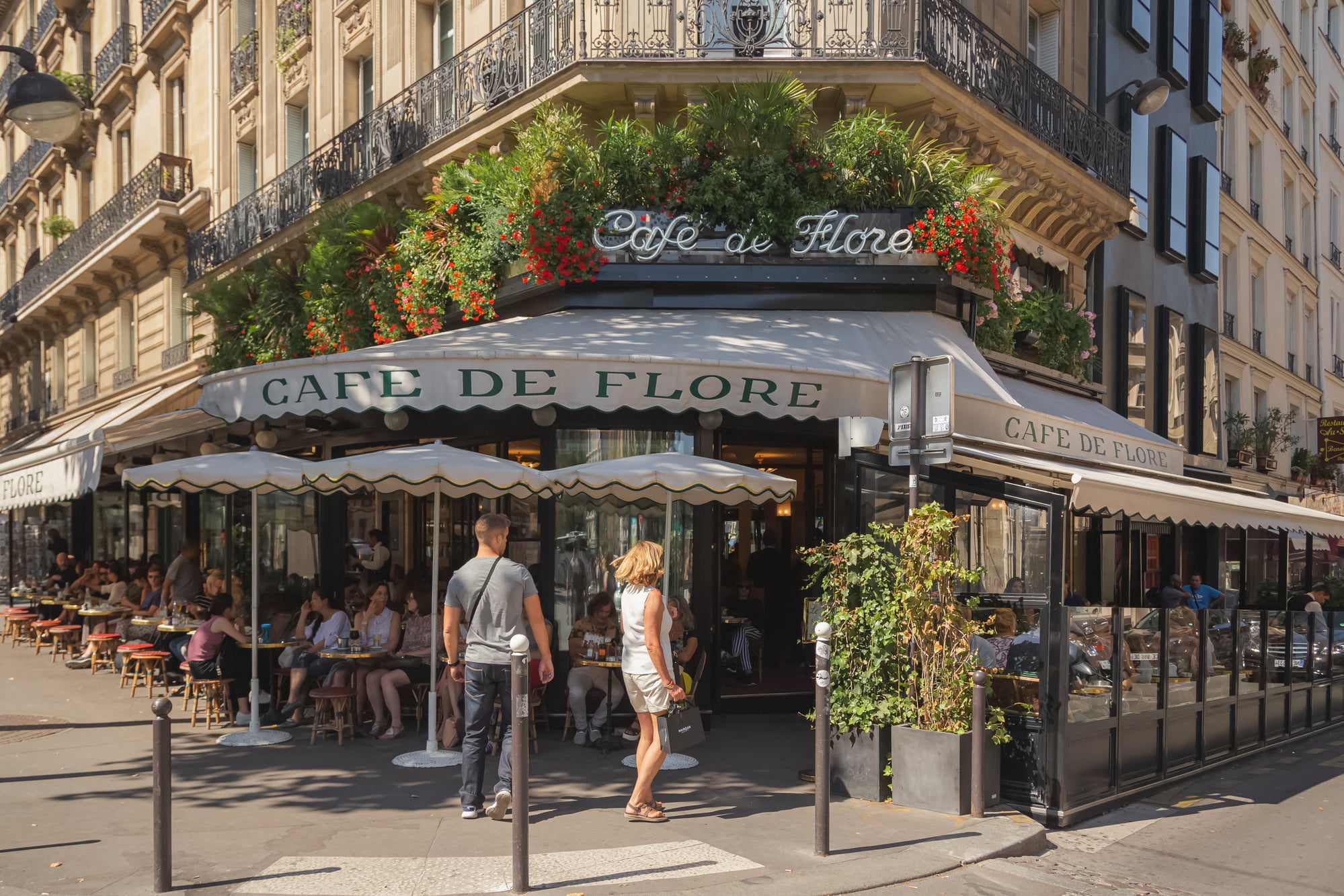
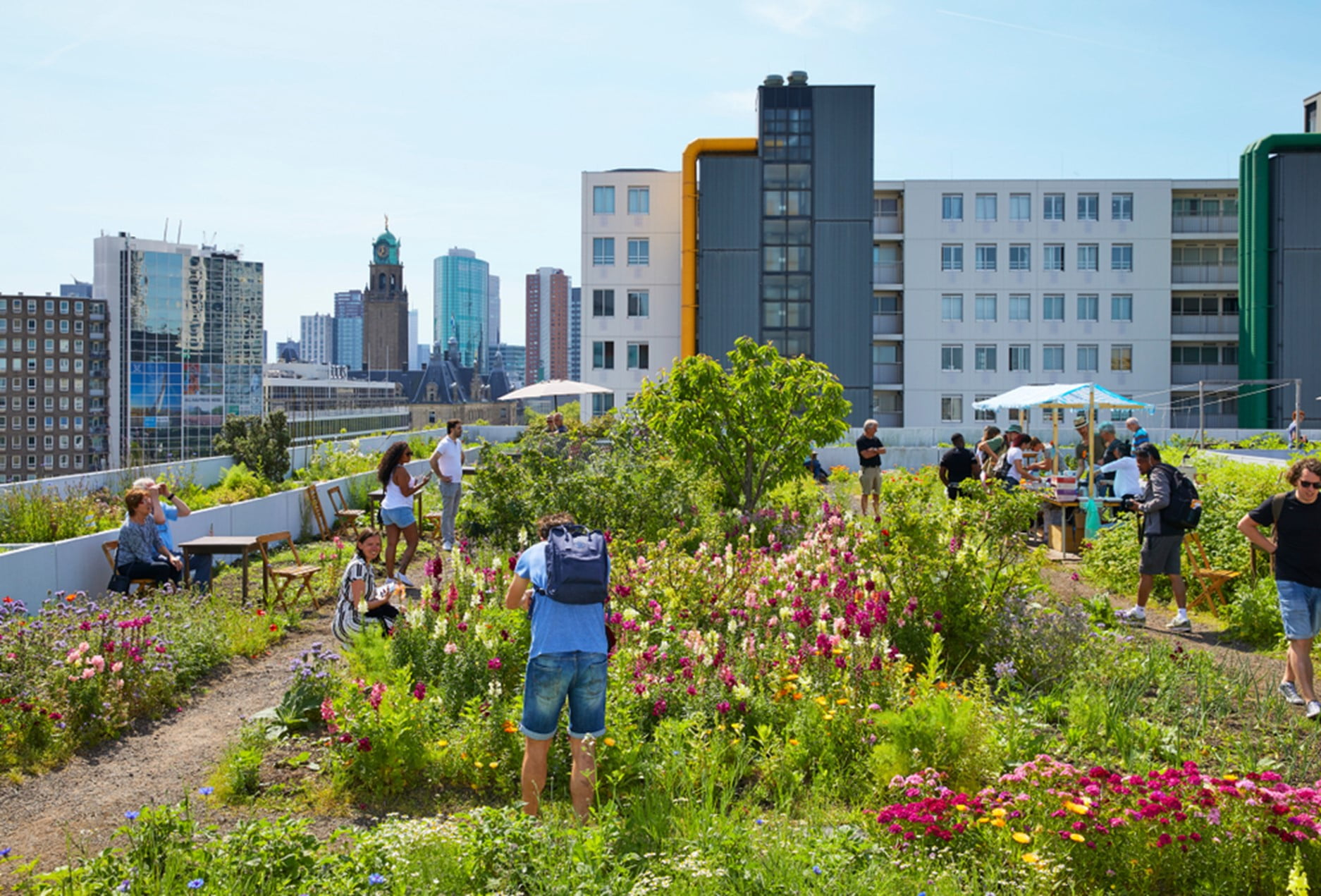
Medellin
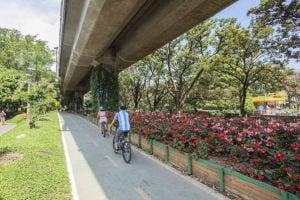 Colombian city Medellin has created 30 interconnected shady routes throughout the city, fondly nicknamed ‘green corridors”.
Colombian city Medellin has created 30 interconnected shady routes throughout the city, fondly nicknamed ‘green corridors”.
These walkways, bus stops and busy streets have been planted up with thousands of native flora including bamboo, palms and tropical plants, providing shade for commuters. Once again, this city has opted for a natural solution which provides shade, brings moisture back to the air and filters carbon dioxide from the atmosphere.
Want to be part of the change?
Discover how you or your business can take simple and affordable climate action today.

